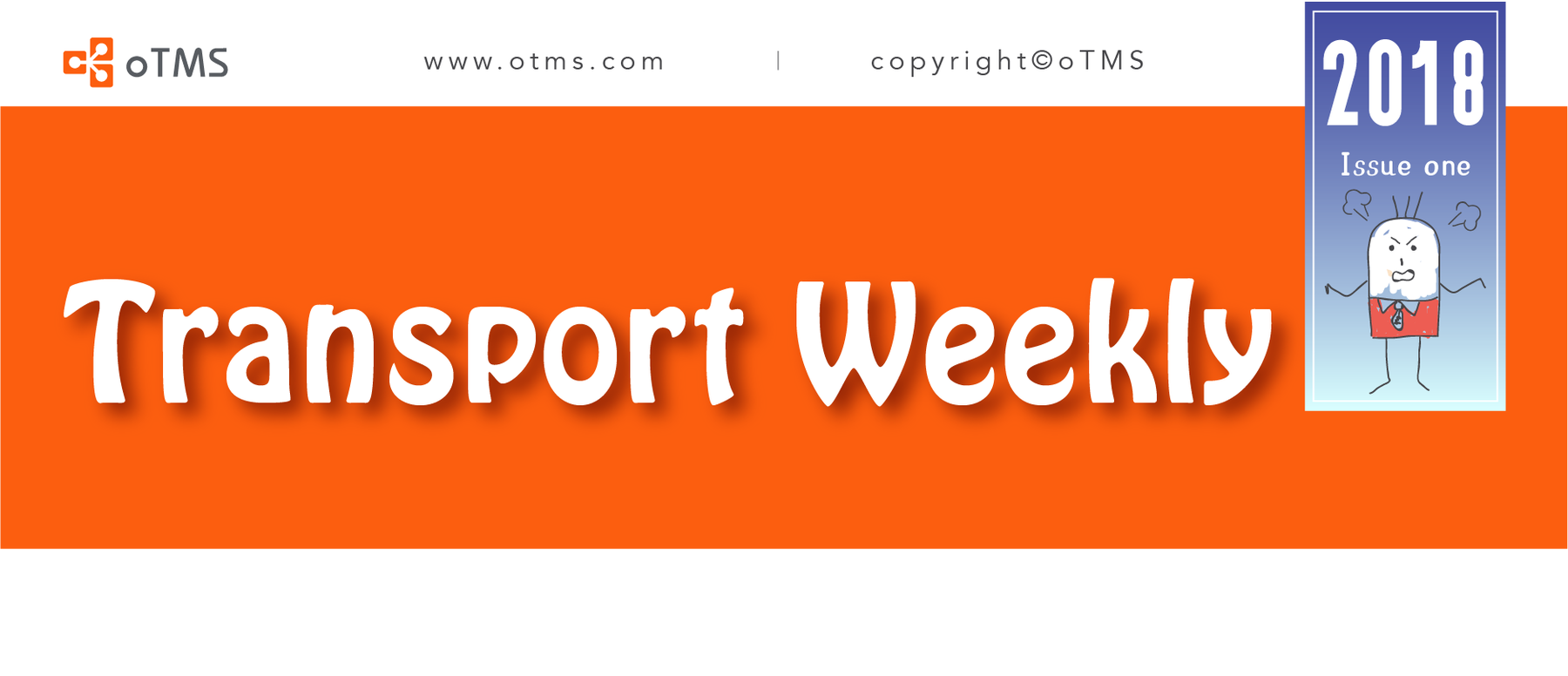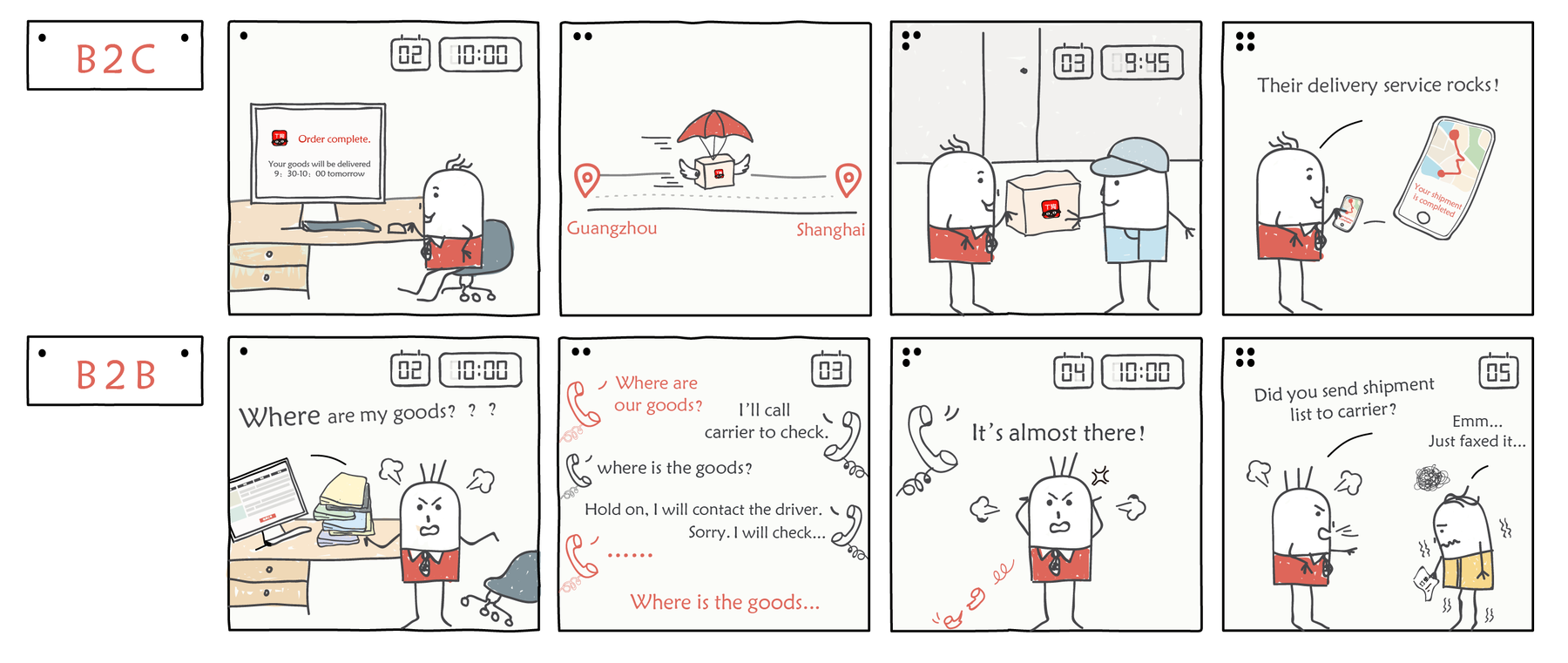Transport Weekly | Still experiencing telephone game in B2B transport?
 Page views: 2,516 times
Page views: 2,516 times

We as logistics professionals are also consumers and here in China in particular we witness unparalleled growth of e-commerce in various shapes and forms. We all benefit from multiple purchase, payment and delivery options that make our experience better and better. In the certain sectors like fashion, apparel, consumer and retail digitization is accelerating with many innovations we would not even imagined just few years ago.
A supply chain director may order his groceries from his mobile phone on Tmall, JD.com or through Wechat and he fully expects order fulfillment and delivery window is confirmed immediately or within minutes. He can then track at least all shipment milestones and sometimes even the route and in 99% of cases he will get his product as promised. Even when he shops “offline” he is very likely paying by presenting a QR code on his Wechat or Alipay app.
Yet same time he and his team may be stuck in the unrewarding and frustrating job of handling routine delivery issues with his company products. Most companies still manage their transportation using emails, XLS spreadsheets, phone calls, private communication tools like Wechat, QQ. Moreover each “professional” supply chain is full of paper as if physical chop or signature carried much better proof and information than instant, digital proof of delivery with the location, time & identity of both a driver and receiver.
So why B2B supply chains of major enterprises continue to operate like this even if people working there they can clearly experience such technology in their private lives? Even a simple search on internet can reveal that such technology is easily available, including innovations like digital handshake and paperless deliveries by oTMS that are successfully implemented by a number of manufacturers and retailers. Often supply chain professionals blame their carriers or even drivers for being backward – but the truth is much more complex.
B2B logistics and transportation is contract-based, service and relationship driven industry with very thin margins and no carriers will have incentive or means to outperform client expectations, especially when they are low and status quo continues to be accepted. Many of the issues that carriers have to cope with originate within manufacturers and retailers themselves whose outdated systems and manual processes cannot simply feed the quality data in time for carrier to be able to rely on digital data for their operations.
Platforms like oTMS enable such collaboration at a fraction of the cost and time that is usually needed from traditional enterprise software vendors. With Alibaba, Tencent and JD.com rapidly increasing investment in new retail capabilities incl. taking over traditional retailers and distributors we can see significantly increased demand for digitization. Make sure you don’t get left behind!









